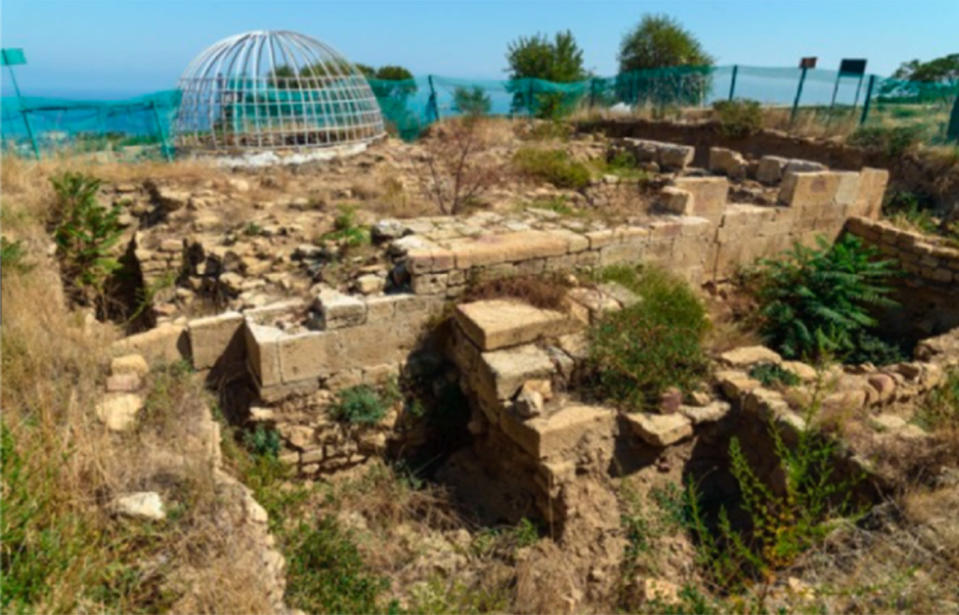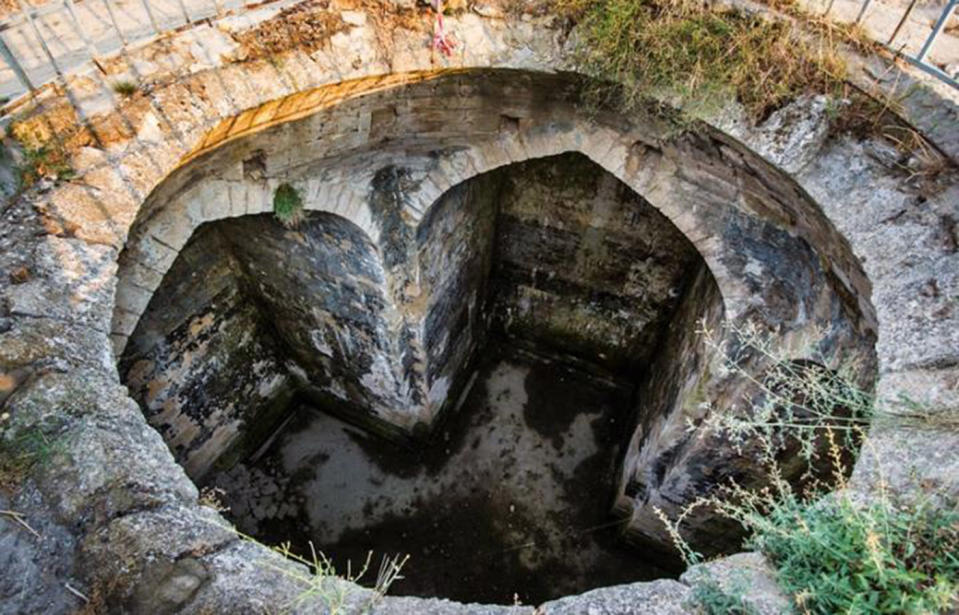Unbelievable discovery found in ancient city baffles scientists
A mysterious building, believed to be a church, has been discovered buried underground in an ancient Russian city, leaving scientists with more questions than answers.
The 11-metre high limestone building, located in the medieval fortress of Naryn-Kala, in Derbent on the Caspian Sea's coast, is almost completely hidden underground, believed to be date to about 300 A.D.

Archeologists are divided about the structure’s purpose, with their findings published in the journal Applied Sciences, in conjunction with the National University of Science and Technology MISiS.
Some scientists believe it to be some type of Christian temple, while others theorise the structure could have been used as a reservoir or fire temple.
They have not been able to fully access the structure, however, as excavating it could endanger the UNESCO site.

Instead, scientists have used a non-invasive technique called muon radiography to scan an image of the buried building.
The results revealed the 11m high x 15m long x 13.4m wide building had taken the form of a cross, supporting the hypothesis that it could be a church.
Natalia Polukhina, head of the scientific group and the study's author, said it was “strange” to interpret the rectangular building as a water tank.
“The unusual building, in which we have put our detectors, has the shape of a cross, oriented strictly to the sides of the world, one side is 2 meters longer than the others," Ms Polukhina said in a statement.

"Currently, there are more questions than answers," she added.
More muon detectors are needed to be installed to obtain a full-size underground picture.
Do you have a story tip? Email: newsroomau@yahoonews.com.
You can also follow us on Facebook, download the Yahoo News app from iTunes or Google Play and stay up to date with the latest news with Yahoo’s daily newsletter. Sign up here.


